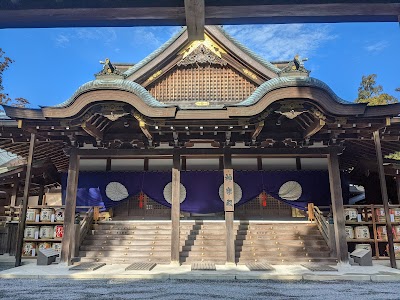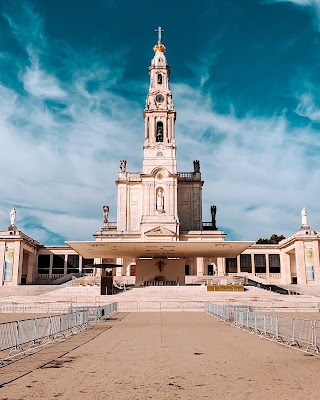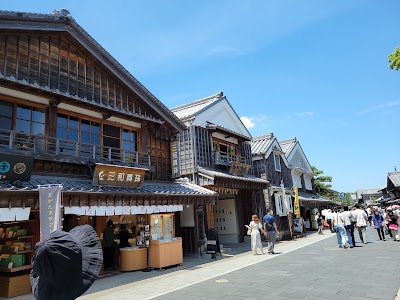Ise Grand Shrine (伊勢神宮)
Overview
The **Ise Grand Shrine (伊勢神宮)**, located in Mie Prefecture, Japan, is one of the most significant and revered Shinto shrines in the country. Dedicated to the sun goddess Amaterasu, the shrine holds a special place in Japanese culture and spirituality. As a foreign traveler, visiting Ise Grand Shrine offers an extraordinary glimpse into Japan's rich traditions, history, and architectural beauty.
The shrine complex consists of two main sections: **Naikū** (Inner Shrine) and **Gekū** (Outer Shrine). Naikū is where the primary deity, Amaterasu, is enshrined, while Gekū is dedicated to the deity of agriculture, Toyouke-ōmikami. The architectural style of the shrine is known as *shinmei-zukuri*, characterized by simple wooden structures and thatched roofs. Notably, the shrines are rebuilt every 20 years in a ritual known as *shikinen sengen*, symbolizing the Shinto belief in purity, renewal, and the cyclical nature of life. This practice highlights the shrine's commitment to preserving ancient traditions while embracing the concept of impermanence.
Upon entering the shrine grounds, visitors are greeted by a serene atmosphere and lush natural surroundings, which enhance the spiritual experience. The approach to Naikū, known as the **Ujigami Shrine**, is lined with towering cedar trees, creating a tranquil pathway that invites reflection and reverence. The grandeur of the torii gate, marking the entrance to the sacred space, signifies the transition from the mundane to the divine, setting the tone for the exploration of this sacred site.
The **Inner Shrine (Naikū)** features a striking wooden structure that seamlessly blends with the surrounding nature. Here, visitors can witness the simplicity and elegance of Shinto architecture, where every element is imbued with meaning. The shrine's main hall, or **Honden**, is not open to the public, but you can feel the spiritual energy radiating from the area. Many visitors participate in traditional practices, such as offering prayers or performing ritual purifications at the nearby **Temizuya**, a water basin where you wash your hands and mouth before approaching the deities.
After exploring Naikū, make your way to **Gekū**, which is about a 15-minute drive or a 30-minute bus ride away. This part of the shrine is equally captivating and less crowded, allowing you to immerse yourself in its tranquil surroundings. Gekū is home to several important buildings, including the **Honden** and **Kaguraden**, where sacred music and dances are performed during ceremonies. The lush gardens and picturesque landscape provide a perfect backdrop for reflection, making it an ideal spot to connect with nature and the spiritual essence of Japan.
Visiting the Ise Grand Shrine is not just about witnessing architectural beauty; it’s also an opportunity to engage with the local culture. The nearby town of **Ise** offers a vibrant atmosphere with charming streets lined with traditional shops and eateries. Be sure to try **Ise udon**, a local specialty, and explore the bustling atmosphere of **Okage-yokocho**, a historic shopping district filled with artisanal goods and traditional snacks.
In conclusion, the **Ise Grand Shrine** is a profound representation of Japan's spiritual heritage and cultural identity. As you traverse its sacred grounds, you will not only appreciate the exquisite craftsmanship and natural beauty but also gain insight into the practices and beliefs that have shaped Japanese society for centuries. Whether you're drawn by spirituality, history, or the allure of nature, a visit to this remarkable shrine promises an enriching experience that will linger in your memories long after you leave.






